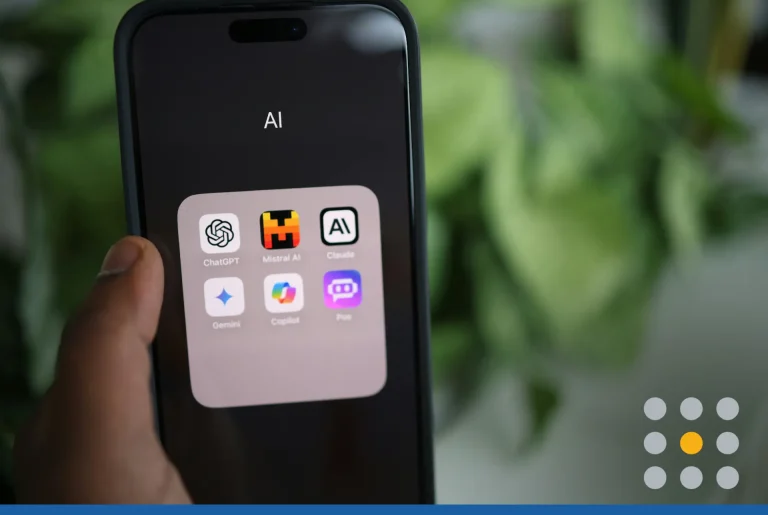Getting repeat business from new customers is beneficial to everyone involved. Customers are able to enjoy friendly, reliable service from a familiar business.
You earn a reputation for pleasing your customers and steady profit that requires a much smaller investment than a first-time sale.
Consumers place a high value on a great shopping experience, and so should you. The average US consumer is willing to spend 17 percent more to support businesses that provide good customer service, according to a 2017 American Express survey.
At the same time, it’s easy to lose business if you mistreat customers or fail to meet their needs. Roughly 33 percent of US consumers think about switching companies after one bad experience. Consumers also spread the word about customer service blunders, which could stop many people from ever giving your business a try.
With thoughtful planning, you can build loyal relationships that keep customers coming back. Make it your mission to provide a memorable customer experience that inspires people to share positive stories about your business.
Follow the Data Trail
Your most important decisions as a business owner should be based on facts, not guesses. Looking closely at your business data can help you spot holes in customer service and opportunities to stand out from competitors.
What are your most lucrative transactions, and what steps do you take to deliver great results? Which customers give you the most business, and why do they come back? Do customers ever mention additional services they wish were available? If people repeatedly bring up something that’s missing from your business, it’s worthwhile to consider whether you can expand your services.
Try to pinpoint common patterns that lead to good and bad customer experiences. Quality and consistency are what matters most to your customers. When you know what works, you can design effective systems to achieve the same results again and again.
Map the Customer Journey
Use your customer data to create a cohesive story about the buying experience. A customer journey map outlines different stages of a customer’s interaction with you. A detailed map captures the needs, motivations, and thought process of a key customer segment.
How does a typical customer learn about your business? What problems or desires lead them to seek you out? What are common perceptions after a customer’s first experience with your business? What personal or environmental traits influence how a customer engages with your product?
By charting these moments, you learn more about what matters to your customers and how to build their trust. Customer journey mapping is one way to provide a seamless service. A strong map can show you which touchpoints are most crucial to customers, so you know the best way to distribute resources.
Create a Loyalty Program
Loyalty programs can be good or bad for business. To make yours a success, be sure to:
- Establish a method of ongoing communication with customers
- Give participants an incentive to bring in new customers
- Provide multiple tiers of engagement to reach different customer segments
A well-designed loyalty program should provide a rich source of customer data. Once you have solid information about a customer’s buying habits, you can improve product recommendations and think up new services.
Offer Flexible Options
Consumers flock to businesses where they have a say in the customer experience. Remember the simple pleasure of mixing a one-of-a-kind beverage at soft drink dispensers? Flexible options are a shortcut to customer satisfaction.
Try to build flexibility into your services. Even though customers have similar needs and interests on the surface, small differences in personality influence what makes them happy. And in many cases, it costs little or nothing extra to provide more options.
Jones Soda Co. makes two clever products that offer flexibility. The company sells a mystery grab box with assorted flavors and a surprise gift. Another service allows you to create a custom case of soda blended with two flavors. These simple options make the customer feel valued and in charge.
Make a list of the most attractive benefits of your product or service. Consider easy ways you can customize different stages of product engagement. What novelty solutions can you create to surprise and delight customers?
Provide Follow-Up Support
When your product has many uses or a learning curve, build follow-up support into the customer experience. Too often, customers abandon a product because they aren’t sure how to use it correctly. Educate your customers on how to use your product, so they’re confident about getting results.
Instead of leaving your customers to scour the internet in search of help, make it easy for them to get the exact answers they need. In some cases, you can include a thorough guide with the product or provide a URL for an online resource portal.
Another option is to develop an automated series of emails to offer tips, share case studies, and let customers know where they can get direct support. This option works well for products that are complex, interactive or highly customized.
Share Customer Success Stories
Few things are more inspiring than a great success story. When people hear about another customer’s triumph, they feel empowered to go after their goals, too.
Share heartwarming stories through email and social media. The way you approach storytelling depends on what matters to your customers. A restaurant owner could tell a story about a customer who inspired a new dish.
A financial planner might feature an aspiring entrepreneur who raised the funds to start a business. Craft sellers can showcase the creative ways their customers incorporate products into their homes. Focus on telling stories that motivate customers to feel connected to your products and explore ones they haven’t tried.
Go Above and Beyond With Customer Service
Spoil your customers rotten. Price matters, but it’s far less important than good customer service. Surprise your customers with so much kindness and attentiveness that they have nothing negative to say about your business.
Good service is a quality you have to integrate into your business from top to bottom. Be timely, be courteous, be transparent, and apologize when an unforeseen problem arises. Most people are understanding of simple mistakes, and the tension doesn’t escalate until you become defensive or dismissive.
Don’t assume your staff knows the right way to respond to customers. Teach employees to be friendly, helpful and comfortable listening to customer complaints. Not everyone is good at managing stressful situations. You can reduce conflict by demonstrating the type of language and behavior you want staff to use when speaking with customers.
Handing out discounts and freebies isn’t the only way to market your business and get repeat customers. Consumers always want or need something. People will continually patronize your business if you fulfill their wants and make their lives more satisfying.
Ready to get started? Need a logo design? Create a professional logo online!







